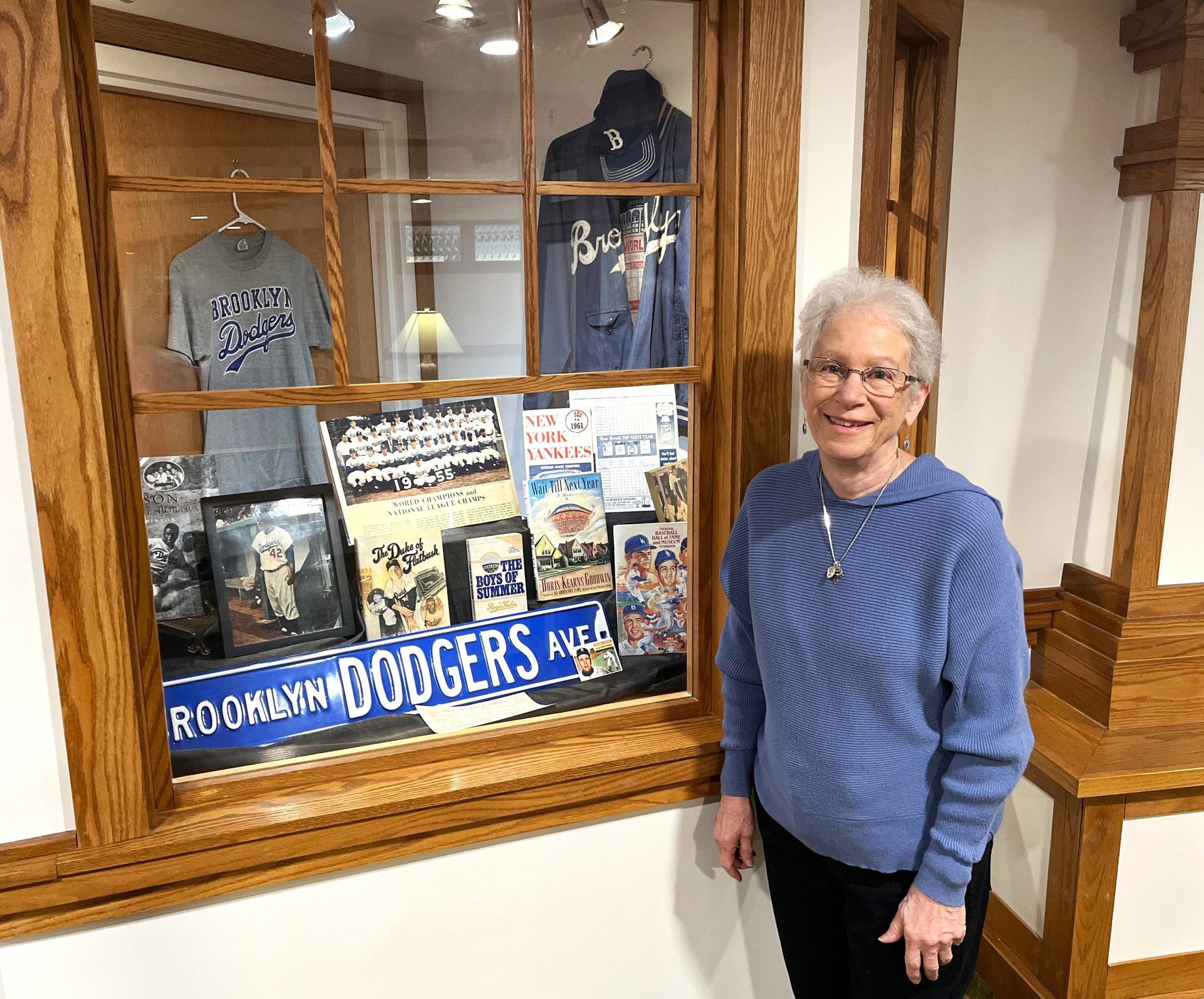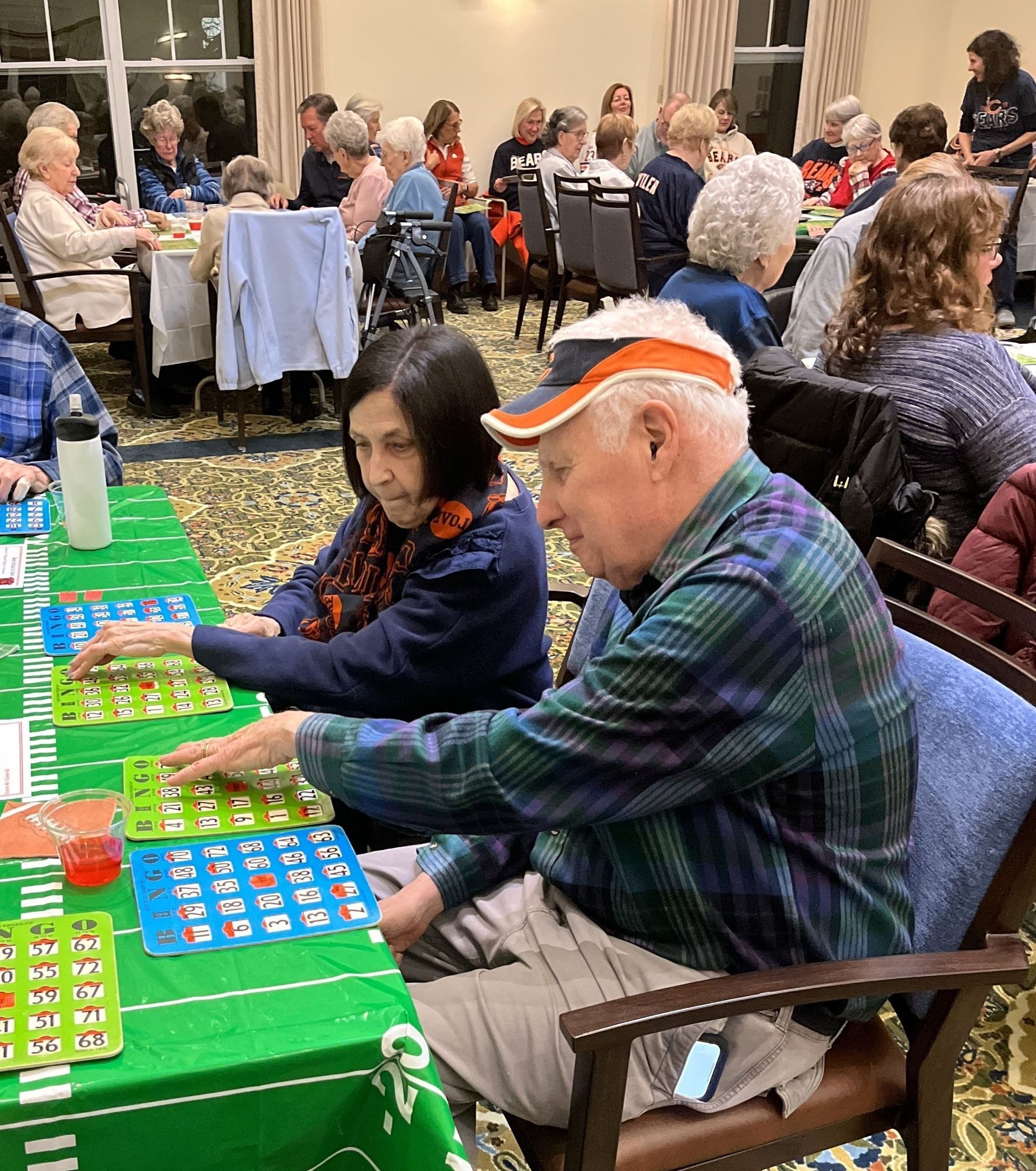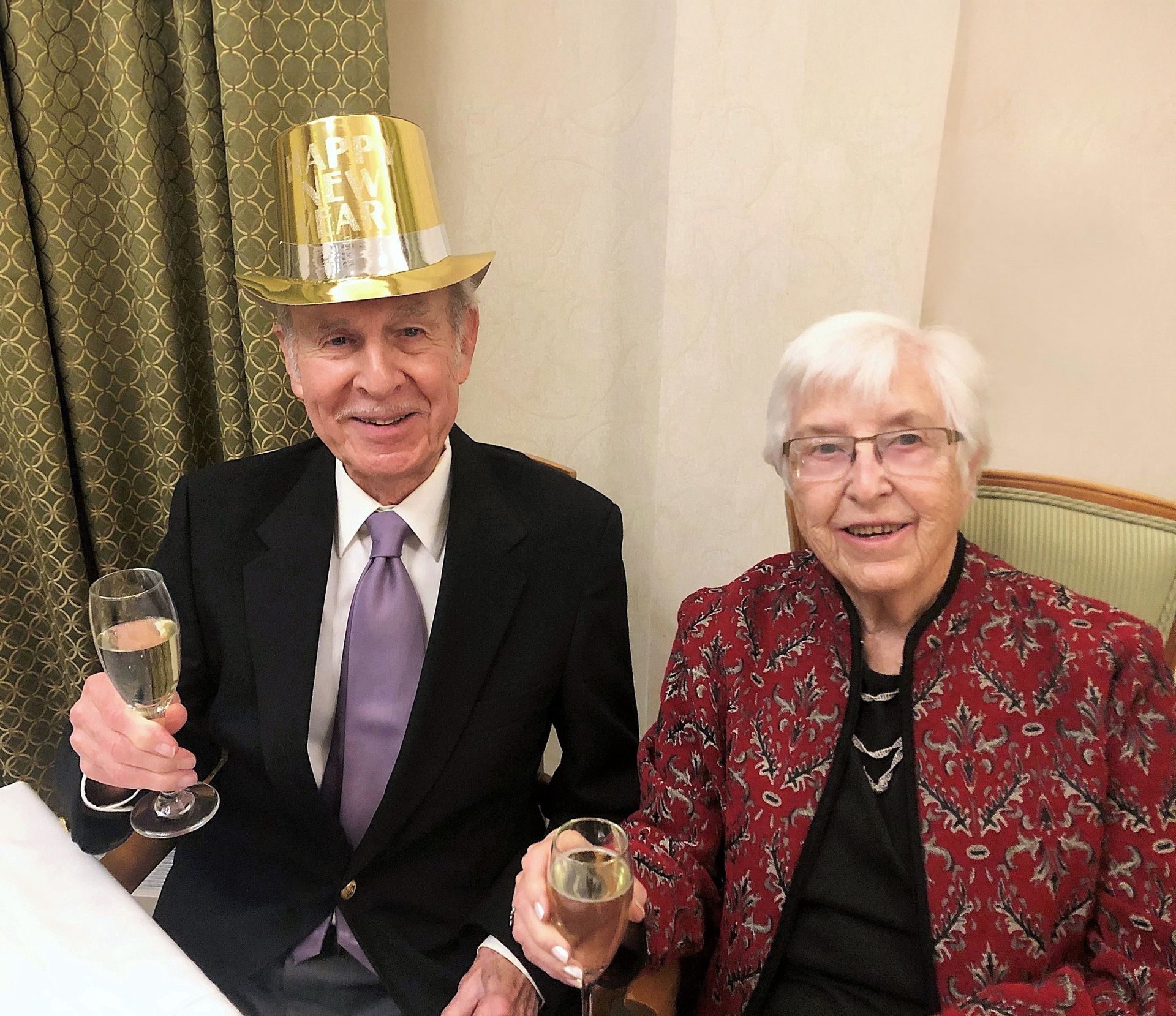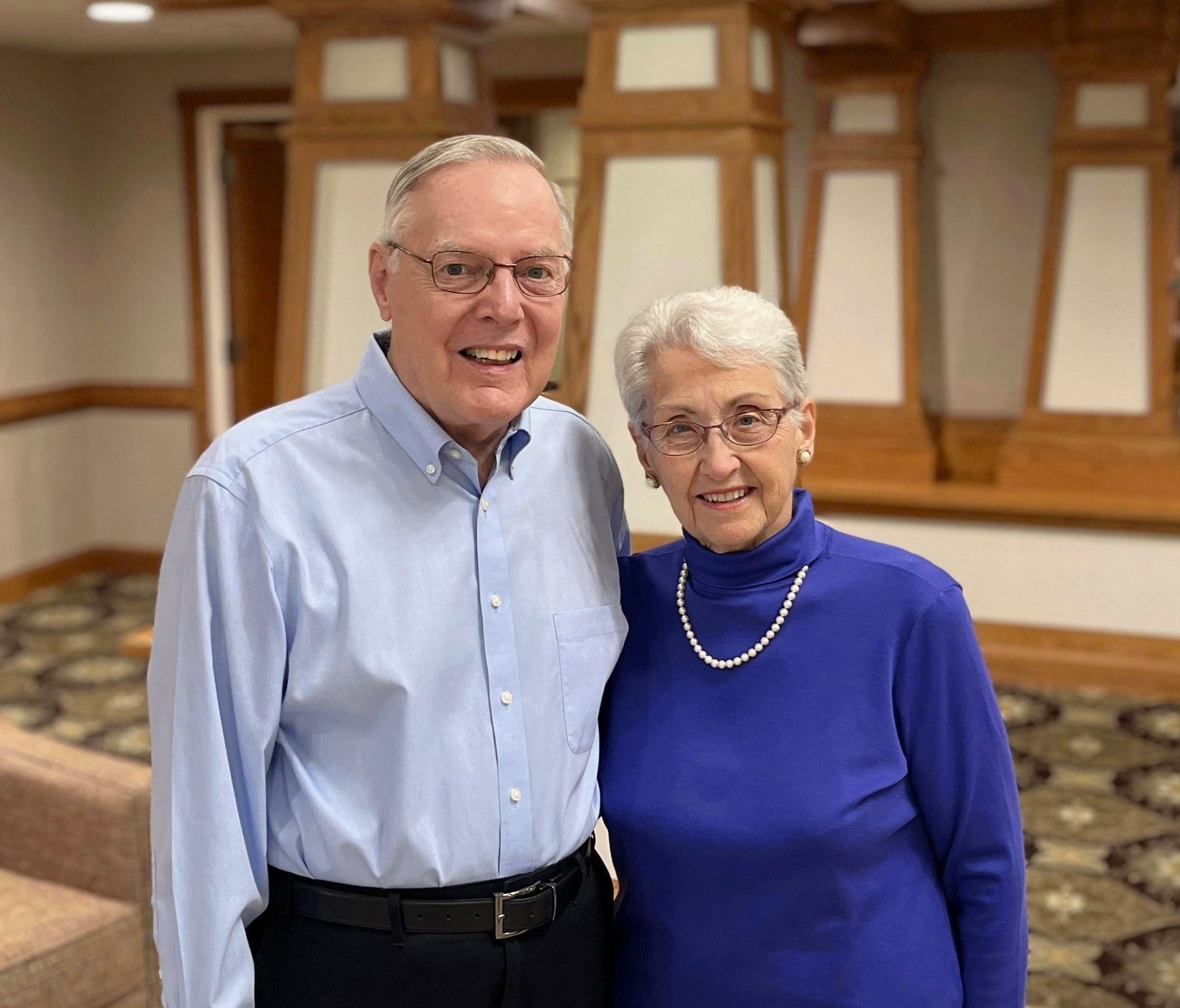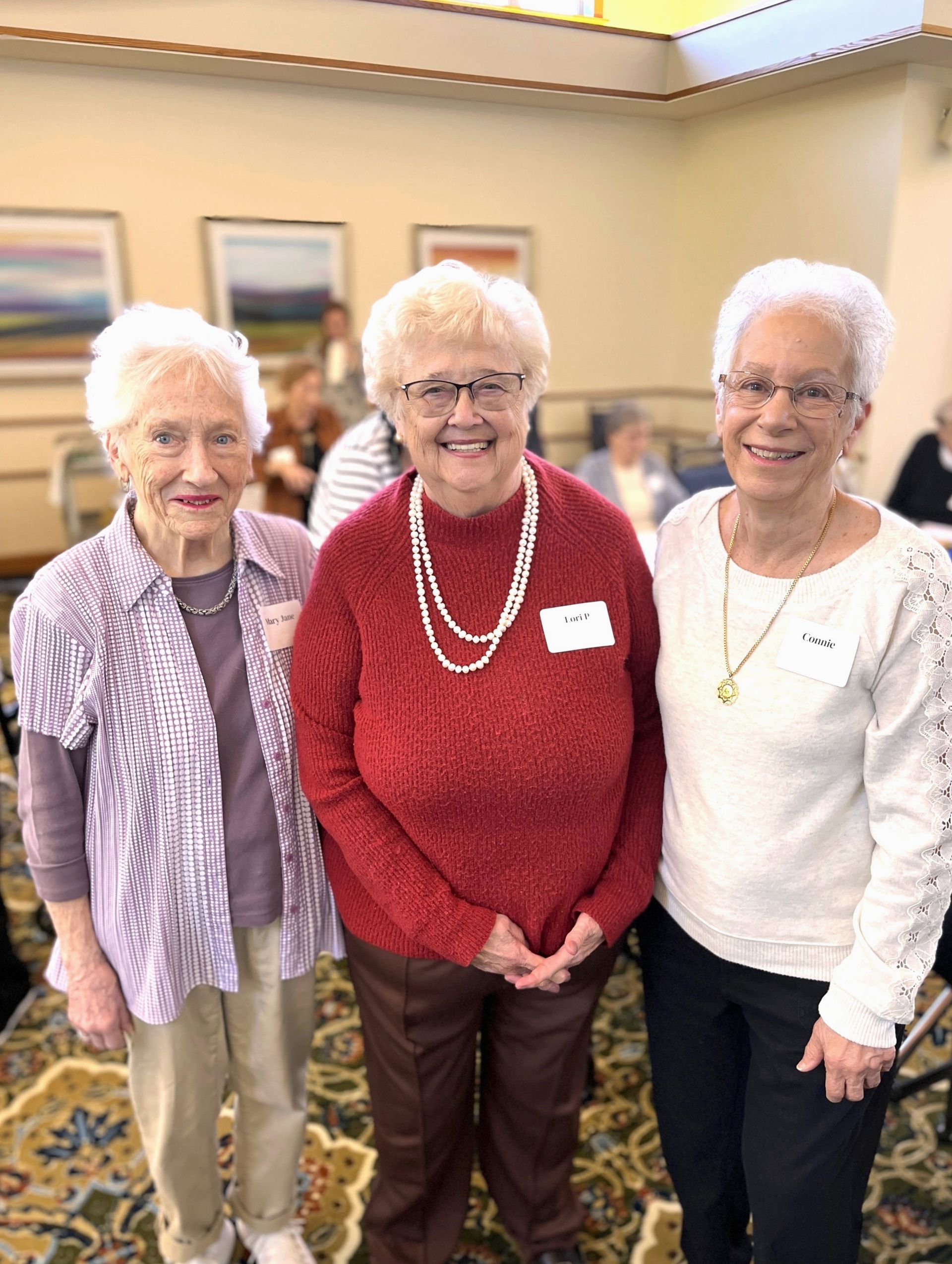Understanding the Difference Between Senior Living Options
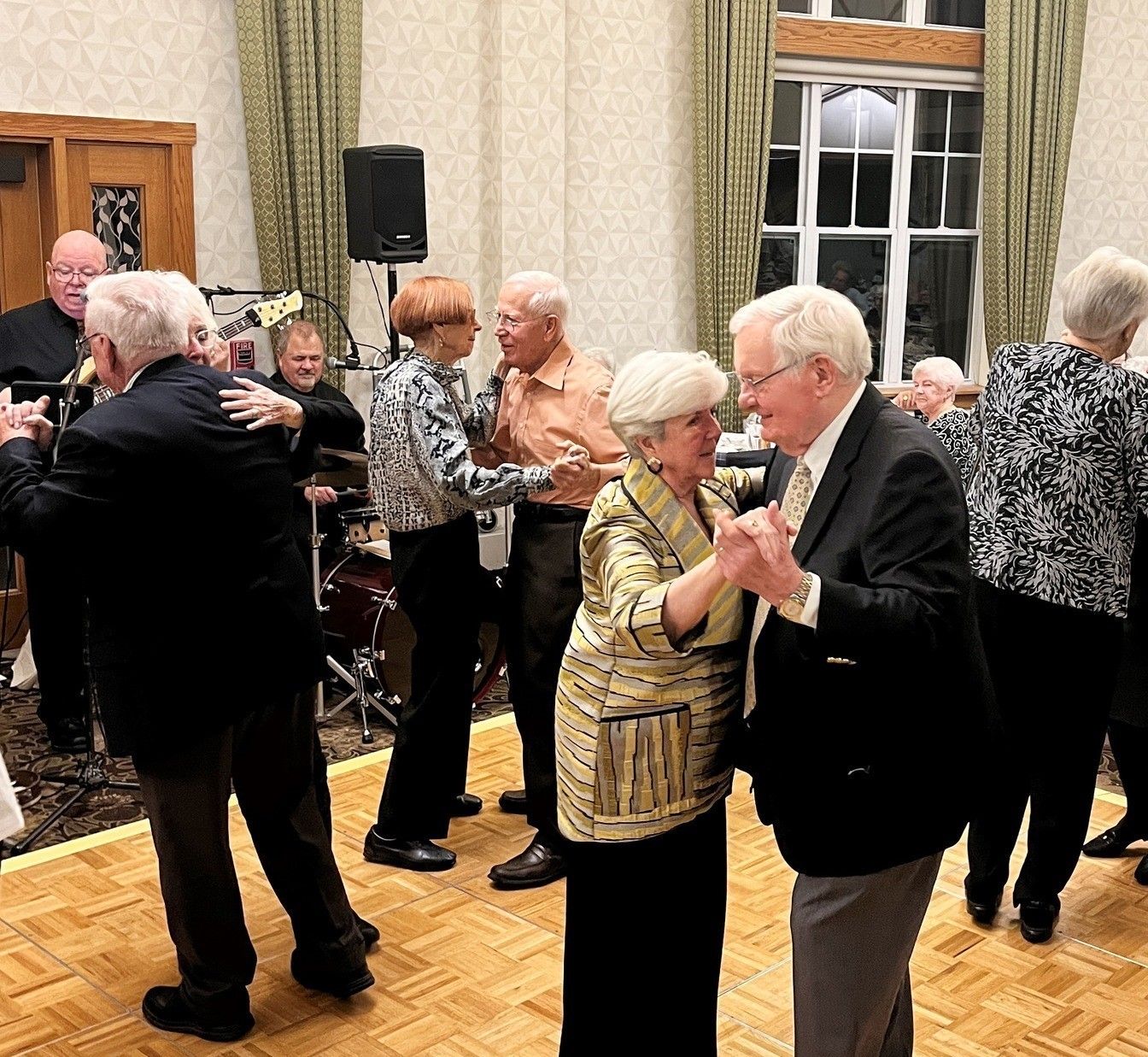
PICTURED ABOVE: Residents of Chestnut Square at The Glen, an independent living community, enjoy an assortment of special programs and events such as themed dinners with dancing.
As older adults begin to research different senior living communities, the number of options can sometimes feel overwhelming. All sorts of factors must be simultaneously weighed such as location, floor plans, lifestyle, and perhaps most important of all, “Which level of care is best suited for my needs?”
To clarify the process, it’s helpful to first understand the key differences:
Independent Living Communities
Independent living communities—often called retirement communities—are for seniors who can live on their own, without daily assistance, and want to live among people their age.
While sometimes there may be overlap between independent living and assisted living communities in terms of amenities, independent living usually means that residents are self-sufficient and don’t need hands-on care. Services often include:
- Spacious apartments with fully-equipped kitchens
- Maintenance-free living with extensive services and amenities
- On-site and off-site programs and events like fitness classes, guest lectures, concerts, art lessons, book clubs and social gatherings
- An indoor parking garage option, as well as scheduled transportation and group outings
- Restaurant-style dining, housekeeping, and 24/7 concierge services
- An in-house emergency call system such as the Lifeline pendant
Assisted Living Communities
Assisted living is a good option for seniors who need help with daily tasks. These communities typically provide:
- Smaller floor plans (often in a studio or 1-BR layout) with limited equipped kitchens
- Help with the activities of daily living (ADLs) like bathing, grooming and medication management
- Dining and assisted living programming based on residents’ needs and abilities
- A nursing supervisor on-site 24/7. Additional care is available at additional costs.
- Some day trips and transportation to local stores and entertainment may also be available
Assisted living communities usually have health standards for admitting new residents. For example, those who require 24-hour medical care may need a different type of senior living arrangement, such as a nursing home.
CCRCs
Continuing Care Retirement Communities (CCRCs) offer all levels of care, from independent living all the way to nursing and memory care. While this type of community can be appealing by offering everything on one campus, each level of care is typically in its own separate wing or building, and requires multiple moves. Most CCRCs require that you pay upfront for future levels of care—whether you ever need it or not.
Emerging Trends in Senior Living
With a growing demand among seniors to remain independent in their apartments, some communities like Chestnut Square at The Glen offer an “aging in place” model. This model features all the benefits and amenities of independent living, with the added peace of mind of home health services available on-site if ever needed.
Regardless of which type of senior living residence you or your loved one end up choosing, the most important thing is to find a community that makes you feel comfortable with the overall environment, lifestyle and people!
To learn more about Chestnut Square at The Glen and to schedule a tour, please call
(847) 998-1118 or visit www.chestnutsquare.info
